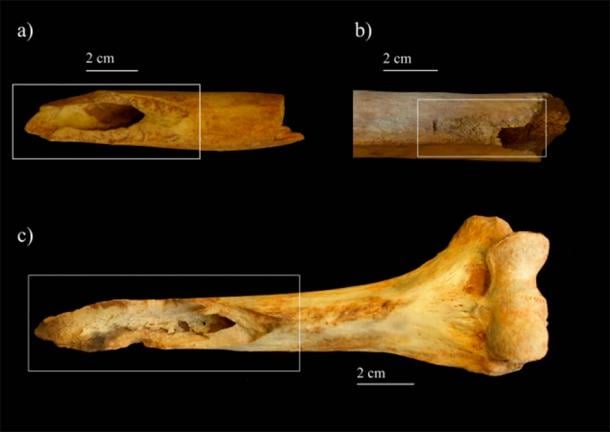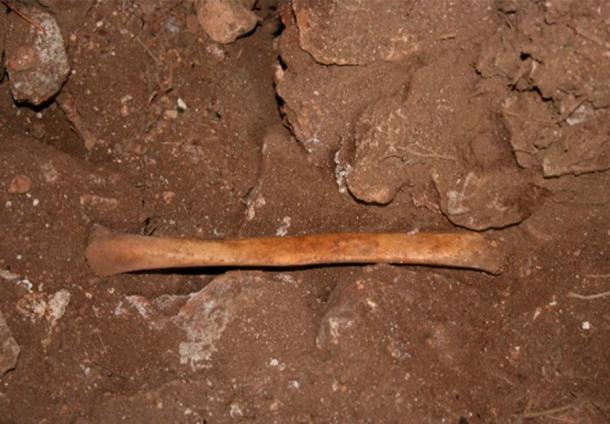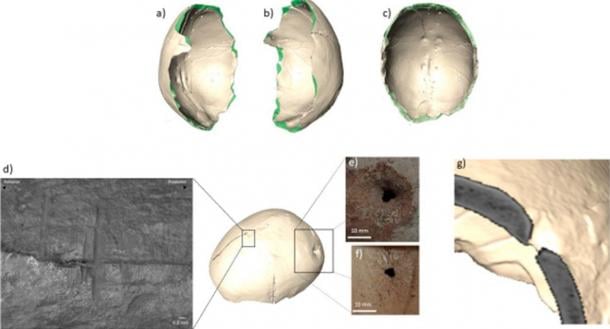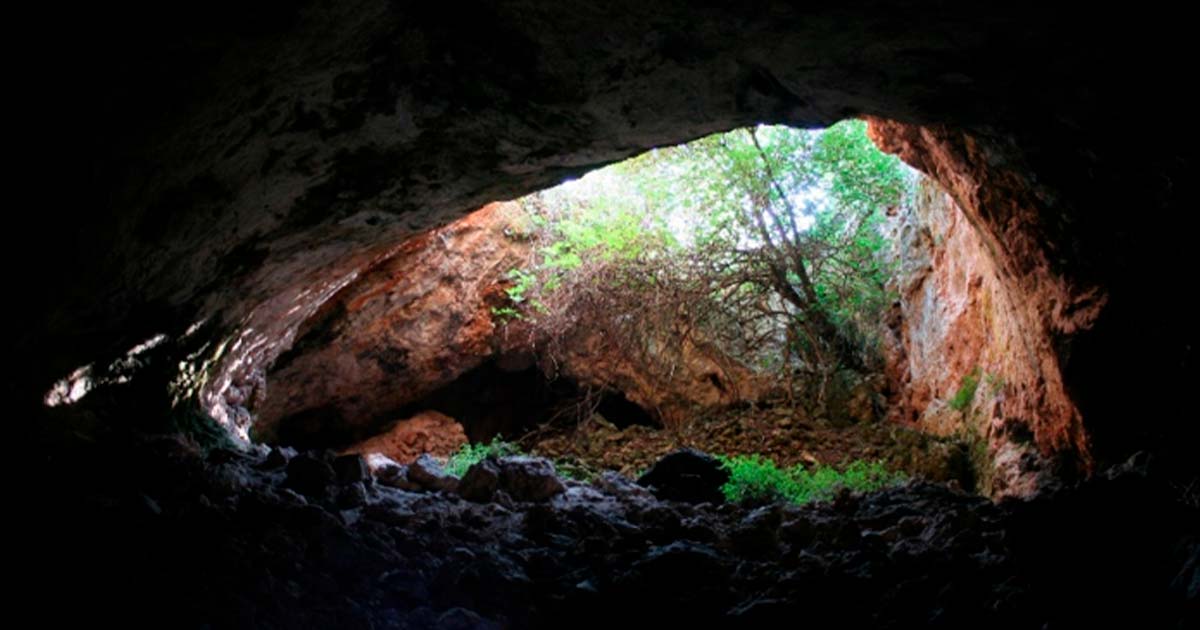Manipulated Human Remains Found at Cave Site in Spain
The Iberian Peninsula witnessed a particular form of human burials in caves, which were later manipulated and modified, over thousands of years! In the southern Iberian Peninsula, this practice became common around the 4th millennium BC, though the cultural connotations for manipulating the dead are still not fully understood. A new study zeroed in on the manipulated human remains of 12 individuals from a cave called Cueva de los Marmoles, in southern Spain.
Cueva de los Marmoles: Dating and Understanding Contemporaneous Finds
Radiocarbon dating has pinpointed the burials within a fairly wide timeframe spanning from the 5th to the 2nd millennium BC. The research team meticulously recorded deliberate post-mortem alterations to the skeletal remains, which included evidence of fractures and abrasions, possibly indicating attempts to extract marrow and other tissues.
Among these modified human remains, a single tibia showed signs of adaptation for use as a tool, while an intriguing cranium appeared to have been fashioned into a "skull cup," suggesting potential adaptations for dietary or practical purposes.

Examples of fresh fractures from Marmoles cave: (a) right humerus; (b) left femur; (c) right humerus (Z. Laffranchi/PLoS ONE)
These findings have been published in the latest issue of the journal PLoS ONE, and were led by Zita Laffranchi and Marco Milella of the University of Bern, Switzerland, and Rafael Martinez Sanchez, Universidad de Córdoba, Spain, and their colleagues.
- Archaic Hominin Made Elephant Bone Tools 400,000 Years Ago, Study Finds
- 50,000-year-old Siberian bones may be the ‘oldest Homo sapiens' outside Africa and Middle East
One of the largest caves in the province of Cordoba, with an extension of more than 370m (1214 ft), Cueva de los Marmoles is a natural cave of hydrological origin. It is renowned for intense prehistoric occupation in open-air and cave sites, dating from the early Neolithic Age all the way till the Bronze Age. It is located at a significant height of 900m (2952 ft).
These findings align with similar discoveries at other cave sites in the southern Iberian Peninsula, indicating a prevalent pattern of interred human remains undergoing subsequent modifications and repurposing for sustenance and tool production. The authors propose that these alterations may also carry additional symbolic meanings, the elucidation of which could emerge with more extensive and in-depth research.

Human bone on surface, inside the cave. (J.C. Vera Rodríguez/ PLoS ONE)
Post-Burial Manipulated Human Remians and Other Interferences: Complex Neolithic Behaviors
“The use of caves for funerary purposes is a cultural phenomenon presenting a wide geographic and chronological distribution. Examples of this practice include agrarian cultures from Europe, Asia, Africa, the Americas, and the Pacific Islands,” write the authors of the study.
They have noted that the exploitation of natural caves is a widespread phenomenon during prehistory in the Iberian Peninsula and describe it as a defining trait of the Neolithic period (5800-4700 BC) in Andalusia. In an interview that has gone to press, the authors note that:
“It’s likely that the position of caves (subterranean), and their specific features (dark, somehow lacking typical signs of the passing of time as in above-ground places) provided these places with a symbolic charge that was well-suited for housing the remains of dead community members. Such traits are shared by ancient Neolithic farming societies in Iberia, Europe, and other parts of the world, as part of a system of transcultural responses towards death. As if it were a “device of making ancestors”, the community remains grouped together after death, in a subterranean space interpreted as a perpetual projection of an eternal nocturnal environment.”

The ‘Skull cup’ (Z. Laffranchi, CT images elaborated by M. Milella/ PLoS ONE)
After comparing the Marmoles finds with other contemporaneous ones, the authors believe that the manipulations were a cultural phenomenon related to ideas of death and how the dead would be situated in the ‘ideological landscape of the community’. The remains were kept close to the community, while carving an ‘easy passage’ to the spiritual world that came after.
In the closing of their investigations, the authors conclude that a remarkable continuity in the utilization of the cave for funerary purposes spanning at least three millennia, from the 5th to the 2nd millennium BC, have been observed. This persistence strongly implies the enduring symbolic and cultural significance attributed to the cave across this extensive timeframe.
- Spanish Skeletons Reveal Deep-Rooted Inequality of El Argar Society
- Decapitated Elongated Skulls Revealed as Gruesome Ancient Maya Ritual Offerings
The analysis has also revealed tell-tale signs of manipulation on the human remains, including the meticulous removal of residual soft tissues and, in certain instances, intentional fragmentation, indicating deliberate actions taken with these remains. Finally, the similarity between the finds at Marmoles and other contemporaneous finds hints at shared ideologies pertaining to death and the treatment of the human body among these ancient populations within the same region. Further study is likely to shed light on this fascinating cultural phenomenon.
Top image: View of the cave ‘Cueva de los Marmoles’ entrance from inside, where the manipulated human remains have been found. Source: J.C. Vera Rodríguez/ PLoS ONE
By Sahir Pandey
References
Laffranchi Z, Milella M, et al. 2023. As above, so below: Deposition, modification, and reutilization of human remains at Marmoles cave (Cueva de los Marmoles: Southern Spain, 4000–1000 cal. BC). PLoS ONE, 18(9). Available at: https://doi.org/10.1371/journal.pone.0291152.

















